Table of Contents
India’s exports of clothing and textiles reached a new high of $44.4 billion in the fiscal year 2021–2022. As reports received from Business Standards. Poplin being a common and staple fabric has also reached a record high.
As wisely said by Yves Saint Laurent “The big difference between couture and ready-to-wear is not design. It is the fabrics, the handwork, and the fittings.” When I give these phrases some serious thinking, I begin to realize how many steps and how much time it takes for yarn to eventually dress a human.
In this article, I am trying to put all my experience and show how poplin cloth for embroidery can handcraft and uplift personal attire. Secondly what could be the other uses of poplin fabric?
My name is Mohammed Ibrahim Anwar and I am a 3rd generation textile entrepreneur by profession. I’ve been in the industry for more than two and a half decades working with fabrics and stitching patterns. During this time, I have seen a variety of fabrics come and go. But the one fabric that has truly awed me is the Poplin cloth.
In this blog, I’ll be taking you through a lifetime of experience with Poplin cloth as far as its uses, properties, construction, and how it compares to other fabrics such as canvas, oxford, and broadcloth. So, let’s start with the basics.
What is Poplin Fabric?
Out of all the offerings of Muslin fabric, poplin fabric is one of its branches. While Sheeting, Gauze, Mull, and Voile make up the other branches. All of these fabrics are featured in my other blog, “A List of Best Natural Fabrics Names & Qualities in Market,” as they are primarily made of 100% natural materials.
Poplin is a type of fabric that is majorly made of 100% cotton. The other variants are cotton yarn which is usually combined with synthetic fibers such as polyester and spandex. It is known for its lightweight and wrinkle-resistant properties. Poplin fabric is also known for its soft, smooth feel, which makes it comfortable to wear.
Poplin weave is a basic plain weave fabric where one warp yarn overlaps a weft yarn. The count of yarn that is woven on the warp and weft is the same count. Unless for the specific reason to meet the requirements of end-use different combinations of yarn count are customized. The main criteria are closely woven and soft in nature.
Poplin fabric has been around for centuries, but it has recently gained more popularity due to its versatility and ease of use. It is widely used for a variety of garments such as shirts, dresses, skirts, lounge trousers, and shorts. It is also suitable for home decor items such as curtains, bed linens, and tablecloths.
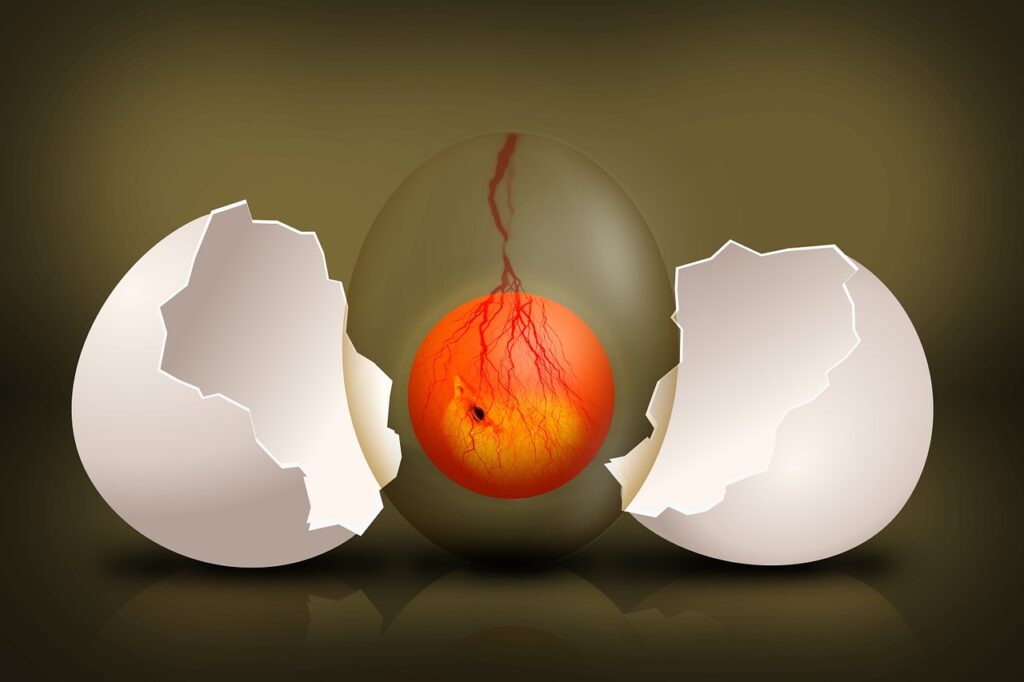
The Evolution of Poplin Cloth: From Ancient Times to Modern Day
England is where poplin fabric first emerged in the 17th century. It was given the name “popeline” and was made by combining silk and wool. Due to its opulent appearance and feel, this cloth immediately became popular among royalty and the nobility.
Poplin gained popularity as time went on and finally made its way to the United States from other European nations. Over the years, poplin fabric has changed as new materials and coatings have been created to satisfy evolving consumer demands.
Cotton was added to the mix in the 19th century, which reduced the cost and increased the availability of the fabric. As a result, various varieties of poplin emerged. Today, poplin is utilized for a wide range of purposes, from casual clothing to formal contexts. Due to its ability to maintain shape and its lightweight, breathable characteristics, it has grown in popularity as a fabric for dress shirts, blouses, and women’s suits. Because of its strength and wrinkle resistance, poplin is frequently used to produce bedding and curtains.
Uses of Poplin Fabric
Poplin fabric is a popular choice for apparel and home decor due to its versatility. It is a lightweight fabric that is easy to work with and can be used to create a range of different clothing styles. It can be easily dyed, printed, and embroidered to create unique designs.
Poplin fabric is also durable and long-lasting. The fabric is resistant to stretching and shrinking, making it an ideal choice for items such as uniforms, ladies’ jackets, and trousers. It is also relatively wrinkle-resistant, which makes it a great choice for travel and business attire.
Poplin Cloth for embroidery is the best option
The process of embroidery is that the fabric is tightly fixed on a ring in the case of machine embroidery. And in the case of hand embroidery, it is kept in a frame that has four sides and the fabric’s 4 corners are stretched in between.
Once the fabric is stretched the fabric yarn is under a lot of pressure and for embroidery, the needle goes through the fabric an umpteen number of times. The fabric has to be strong enough to withstand the pressure. Hence a fabric is woven with 30’s or 40’s yarn count which is densely woven, that would withstand the pressure would be that apt fabric.
Poplin fabric’s lightweight and supple feel make it a great option for embroidery. It is simple to use and may be used to make arousing patterns and motifs. Poplin fabric is a fantastic option for objects like patches, logos, and appliqués because it is sturdy and long-lasting.
Poplin fabric is also a great choice for hand embroidery. The fabric is lightweight, so it is easy to manipulate and stitch. It is also easy to work with and can be used to create intricate designs and patterns.
In comparison to machine embroidery, hand-stitching embroidery takes much longer to complete a project. As machine embroidery has its own advantages and disadvantages. As a result, hand needlework may require days to complete.
A canvas-thick cloth would make it challenging for artisans to perform their work. Similar to how low GSM fabrics like voile require a very delicate touch from the artist, who also needs an additional backing cloth to sustain the embroidery. As a result, it takes a longer time to produce the finished good. That is why I believe poplin is the best fabric for embroidery.
What to Make with Poplin Fabric
As explained earlier poplin is apt for embroidery. Poplin is also offered in yarn-dyed, solid-dyed, and printed form. Which has a great output and is made as per market requirements. Having said this below are the offering and end products that people use in daily life.
From apparel to home decor, poplin fabric may be employed to develop a range of products. It is a versatile, lightweight fabric that may be used to make a variety of outfits, including shirts, dresses, skirts, trousers, and shorts.
This staple material, which is created of plain weave, can be as economical and as elite. I mention this because prints and embroidery done in accordance with current fashion trends can add value to the finished goods. Softness and adaptability are helpful for textile products for both apparel and home textile.
Additionally, poplin fabric can be used to create household furnishings like tablecloths, bed linens, and curtains. However, it can be used to make appliqués, wall hangings, pillow covers, quilts, and other ornamental objects.
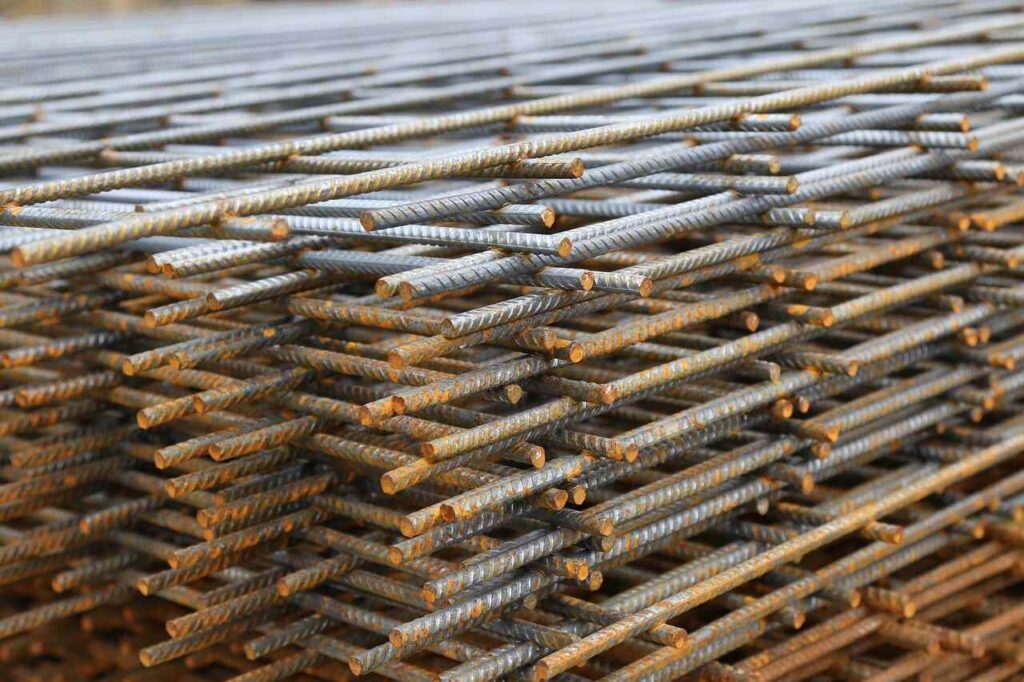
Properties and Construction of Poplin Fabric
Poplin fabric is often composed of 100% cotton, though it can also be blended with synthetic fibers like polyester and spandex. It is made of a thin, sturdy, and wrinkle-resistant cloth. It may also be embroidered, dyed, and printed, and is extremely simple to work with.
Poplin fabric is typically made with a plain weave, a form of weave that produces a surface that is level and even. Due to the smooth, even finish it produces, it is a fantastic option for garments like blouses and dresses.
Listed below is the cotton range of regular market qualities that they have to offer on a regular basis. And these are raw fabrics and the top of which would be dyed, printed, or embroidered as per the requirements.
40’s x 40’s – 92 x 80 -112 GSM
40’s x 40’s – 92 x 88 – 117 GSM
30’s x 30’s – 68 x 68 -118 GSM
30’s x 30’s -72 x 68 -122 GSM
40’s x 40’s -124 x 64 – 123 GSM
40’s x 40’s – 100 x 92 – 125 GSM
40’s x 40’s – 124 x 72 -128 GSM
40’s x 40’s – 132 x 72 – 133 GSM
30’s x 30’s – 92 x 64 – 136 GSM
Types of Poplin Fabric
Poplin fabric comes in a variety of weights and textures. The most common type of poplin fabric is made from 100% Cotton. There are other combinations of cotton and synthetic fibers such as polyester and spandex.
The major types of poplin are 4. Which are yarn-dyed checks or stripes, solid dyed, printed, and embroidered. We will get a step further by segregating their types into 2, by their GSM.
The GSM ranges between 110 to 125 and could be good material for ladies’ blouses, and shirts for ladies and men. It could also be used as supporting material in home textiles.
The heaver GSM of 125 to 140 could be great for ladies’ bottom wear like skirts and pants. It could also be a super material for men’s shorts and men’s lounge pants. An ideal material for lightweight curtain material and bed linen.
Poplin fabric is also available in heavier weights and textures. Heavier poplin fabric is usually made from a combination of cotton and wool and is ideal for items such as jackets and trousers. It is also available in a range of colors and prints.
Poplin vs Canvas
Poplin is a lightweight fabric compared to Canvas. The GSM of poplin ranges from 110 to 140 GSM. In comparison, the GSM of canvas ranges from 190 to 400 GSM
Poplin is majorly used in apparel for men and women. And alternatively used for home décor purposes. Whereas Canvas is majorly used for industrial purposes and alternatively used for bags.
Poplin is offered majorly in 100% cotton and in blends of cotton. But the canvas is offered primarily in 100% Cotton.
The yarn used in poplin is fine compared to canvas hence poplin fabric is soft and supple. On the other hand, the canvas is made of coarse yarn and the feel and look of the product are rugged and hard.
Poplin Fabric vs Oxford
Poplin is a plain woven fabric. Where one warp yarn would alternate one yarn of weft. Whereas when you mention oxford fabric it refers to a weave that has two warp yarns alternating one weft yarn. An interesting point to be noted is that the weft count of yarn would be half of the warp yarn. So when I say the weft yarn is 20’s the warp yarn would be in the 40s. So 2 warp yarns of the ’40s would overlap one weft yarn of ’20s.
An improved version of oxford weave is pinpoint oxford. In this, the warp and the weft yarn would be of the same count. And the weaving mechanism would be the same. So when I say weft yarn is 20’s the warp too would be 20s. The weave mechanism would be two 20’s yarn of warp would overlap one 20’s yarn of weft.
Poplin fabric and Oxford fabric are both lightweight, durable fabrics. But oxford is marginally on a higher GSM. Poplin fabric is usually made from cotton and a combination of cotton and synthetic fibers, while Oxford fabric is usually made from cotton.
The appearance and feel of the fabric of oxford is better than poplin, as oxford weave is more technical than poplin.
Oxford is offered in generally in plain solids and in yarn-dyed stripes and checks. Whereas Poplin is offered in Solids, prints, yarn-dyed stripes, and checks, and embroidered.
Poplin fabric is usually lighter, softer, and more wrinkle-resistant than Oxford fabric. It is also easier to work with and can be used to create a range of different garments and home decor items.
Conclusion
Poplin fabric is a multipurpose, lightweight textile that is ideal for a variety of goods, such as clothing and interior design. Fabric is straightforward and convenient to use. Because of its strength and wrinkle resistance, this material is a fantastic choice for clothing items including uniforms, jackets, and trousers.
If the aforementioned essay piqued your curiosity and inspired you to act on your thoughts. I can help individuals advance by creating fantastic items that genuinely satisfy their needs. Let me continue to encourage you by letting you know that I can come up with a very low MOQ to make you feel at ease in a variety of ways. As I already indicated, I have been working in this field for the past 25 years and still counting. You can contact me using the details on my contact page, and you can be confident that I can assist you in using poplin to create fantastic items. And lastly my honest gratitude for reading.
FAQ
Is poplin fabric good for summer?
Most of the poplin made in the market are made from 100% Cotton. Else if it is blended it is blended with polyester or spandex. The feel of poplin is soft and lightweight. In summer the apparel that one prefers is breathable and lightweight. And poplin has all the ingredients of good summer apparel.
Poplin is the apt fabric for summer and gives a comfy feel when used. Polyester is used to add life to the fabric and give wrinkle resistance. Secondly, spandex is used to give that elastic feel to the garment. So that it fits well to the body and gives a sleek look. In any case, the content of cotton would be in the majority.
Is poplin fabric good for quilting?
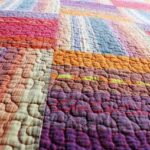
Quilting is a process that has fluffy cotton, polyester wadding, or sponge. Which is placed in between two fabrics. And then stitched in a pattern of checks or squares. The use of fabrics in quilting needs to be strong and light. As the needle has to go through a thick layer of fluffy material. And if the fabric that covers this fluffy material is too thin or too thick would not be advisable. That is why I consider and bank on poplin for quilting.
Does poplin fabric wrinkle?
Poplin is largely made out of 100% Cotton. As cotton is a hollow fiber and has a tendency to wrinkle and needs to be Ironed and pressed for a fresh look. To overcome this obstacle the industry introduces polyester blends. Where polyester is mixed to give more life and ease in maintenance. Where the product would be wrinkle-resistant.
So if I were to guide you well I would suggest you understand what would be your end goal. If the goal is giving comfort to the user you could opt for 100% cotton poplin. Else if the user would require a low-maintenance product, then cotton blended with polyester would be the apt one. Which would be resistant to wrinkles.
Is poplin fabric see-through?
Poplin is a fabric that has a high-density of Thread Count. Secondly, the yarn count that is used in warp and weft ranges from the 30s to 45’s count. And the GSM that this fabric range from 110 to 140 GSM. Having all these parameters in place and with my experience in this industry for more than 2.5 decades I would say that Poplin is not a see-through fabric.
Does poplin fabric shrink?
Poplin Fabric is generally made of 100% Cotton else a mix of cotton and other blends of polyester and spandex. Where cotton is the major content in poplin. As you may be aware that cotton has the property of shrinking. As technology advances and solve this industrial problem, there is a process called Zero Zero, and this process eliminated this issue of shrinkage. If poplin is untreated with Zero Zero finish then it is likely to have shrinking issues.
Is cotton poplin good for dresses?
Poplin is a soft and durable cloth. This fabric goes through a lot of value addition like prints and embroidery. Its texture feels so good to the skin that it’s the staple fabric for men’s and women’s clothing. And more cotton is a breathable fabric and definitely suited for dresses for men and women.
Is poplin fabric soft?
Poplin is made from yarn count 30’s to 45’s which is a fine count of yarn. Secondly, poplin is largely made from 100% cotton or blends of cotton, where the content of cotton is majorly influenced. As cotton is known for Its soft feel the end product has a soft texture.
Does poplin fabric drape well?
For a garment to drape well it must be soft and light. The average GSM of poplin ranges from 110 to 140 GSM. Secondly, it’s made out of yarn count of 30’s to 45’s which is considered as fine yarn. Moreover, it’s majorly influenced by cotton content which is soft.
Thus having these soft and lightweight properties in poplin could create great products that require to drape well. You can be sure to have the best bet on poplin.
Does poplin fabric stretch?
Poplin when woven and blended with spandex has that stretch effect. Generally, poplin is made in 100% Cotton or blended with polyester, which does not have a stretch effect. It depends on the end product that you would like to have and whether it requires stretch or not. Even in a spandex blend the industry uses 3% spandex to may be up to 15% as the requirements of the end product.
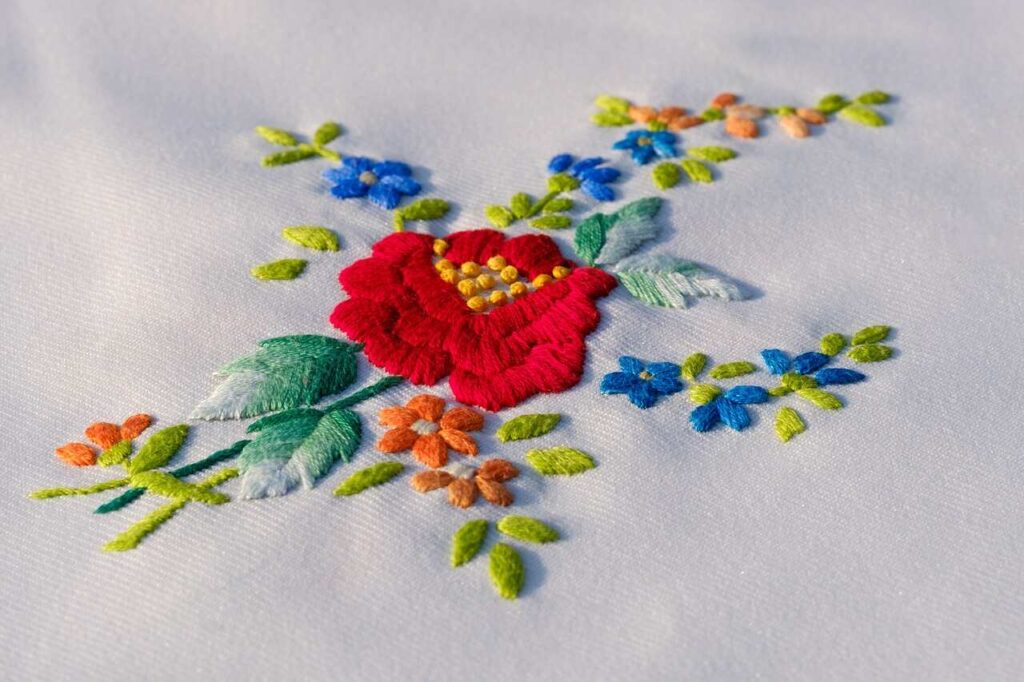

Pingback: What Is Muslin Cloth? Divine Secrets Of The Softest Fabric!
Pingback: A List Of Best Natural Fabrics Names & Qualities In Market
Pingback: Exclusive Guide 2 What Is Mulmul Fabric? From Making To Uses
Pingback: Gauze Cloth Uses In Daily Life: 10 + Innovative Ideas
Pingback: Primary School Uniform Filling Gap Between Style &Uniformity
Pingback: The Secret To How Fabric For Sheeting Are Graded By.